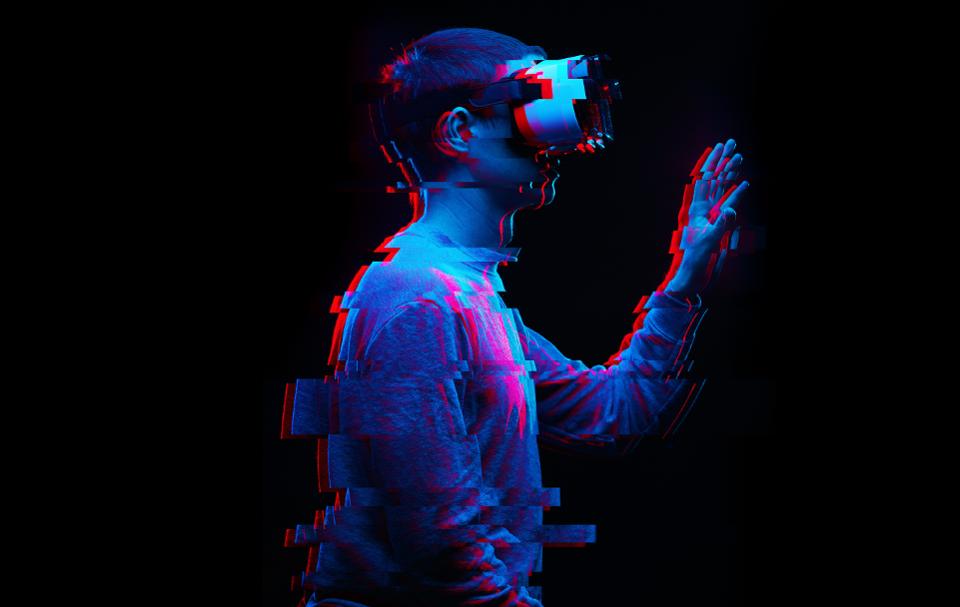The world of extended reality is ever-growing and changing at an exponential rate. Every industry now wants, and needs, to digitise, and one of those areas of expansion is through extended reality, or XR.
XR is the umbrella term for technologies that merge the physical and virtual worlds to different degrees, namely – Mixed Reality (MR), Augmented Reality (AR), Virtual Reality (VR). By 2022, the XR market is expected to reach US$ 209 billion. How we will be working and living in 2030 now seems a lot more different than we imagined.
XR brings the immersion of other worlds to the user, be it by fully obscuring the physical world and submerging the user into a virtual world, or a balance of the both for an Iron man-esque experience.
From showing more of the physical world, to only showing a virtual environment, we will go through the differences of the XR technologies available now and some uses for them.
What is the difference between MR, AR, and VR?
Augmented Reality (AR)
In Augmented Reality, virtual information and graphics are overlaid on the real world. The benefits of this is that it enhances what is already in the physical world with digital details like text, images, animations, and models. AR is mostly done with portable devices like smartphones and tablets, or task-specific AR glasses, like the Google Glass. Users are not isolated and can still interact with the physical world.
AR technology is being used extensively in the building and manufacturing industries, along with exhibitions and galleries. The applications can show useful information and documentation about a certain exhibition or manufacturing part through mobile devices. Popular examples of AR include, Ingress and Pokemon GO, and Instagram, Facebook, and Snapchat with their face filters.
Mixed Reality (MR)
Mixed reality stands out as the balance between the physical and digital world. 3D models called holograms are placed in the real world and can interact with physical objects in real-time, sometimes with spatial perception. Users interface with these usually through MR headsets like the Microsoft Hololens. Objects are placed in the real world and users can walk around and manipulate these objects as if they are really there. Famously, MR is used to depict an Iron Man/Tony Stark-like interaction, pulling, and manipulating holograms and menus with your hands.
MR is used mostly for visualisation, so constructors and architects are prime examples. Construction and architectural models can be placed and viewed and manipulated through an MR headset. VisualLive is a company that creates building information modelling visualisation solutions with Hololens 2 headsets.
Virtual Reality (VR)
VR has been a huge hit recently in the gaming industry, transporting players into totally virtual environments with the help of a VR headset. VR’s speciality is in immersing users in different simulated environments with no hint of the physical world lest the weight in front of your face. The 360-degree environment fools our brains that we are in a different place altogether. The gaming industry is really pushing the envelops of this technology, however, the military and architectural industries are finding use cases for bringing people to foreign places while still physically being somewhere comfortable. Half-Life Alyx has recently been one of the most highly rated VR game and experience, created by Valve software, it boasts realistic physics and breath-taking environments.
With so many interested parties and stakeholders in the XR space, there is so much more to come, XR now only starting to realise its potential. As developers and creators push this front, I think we will have many more mainstream applications to look forward to.

